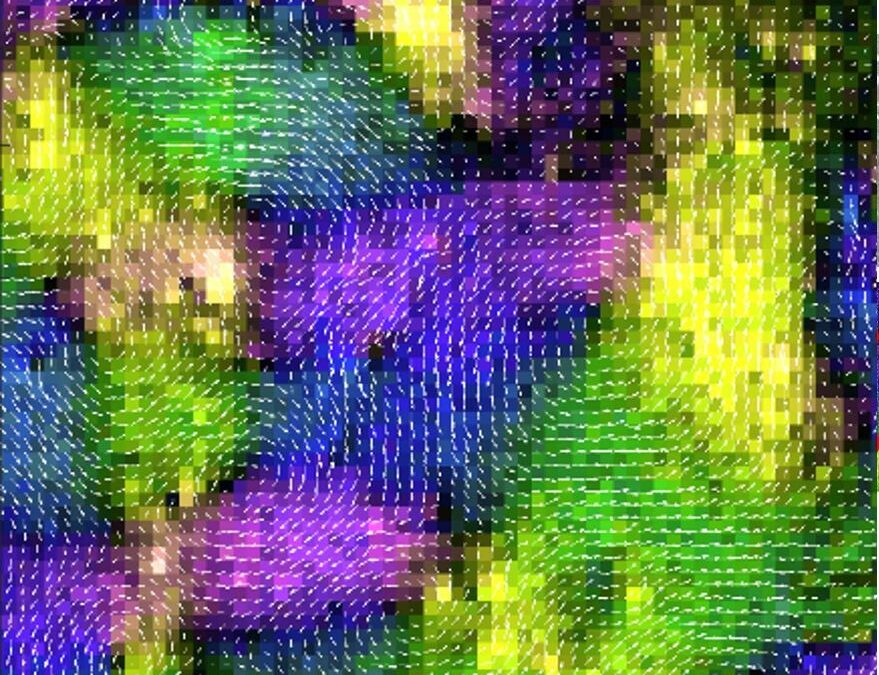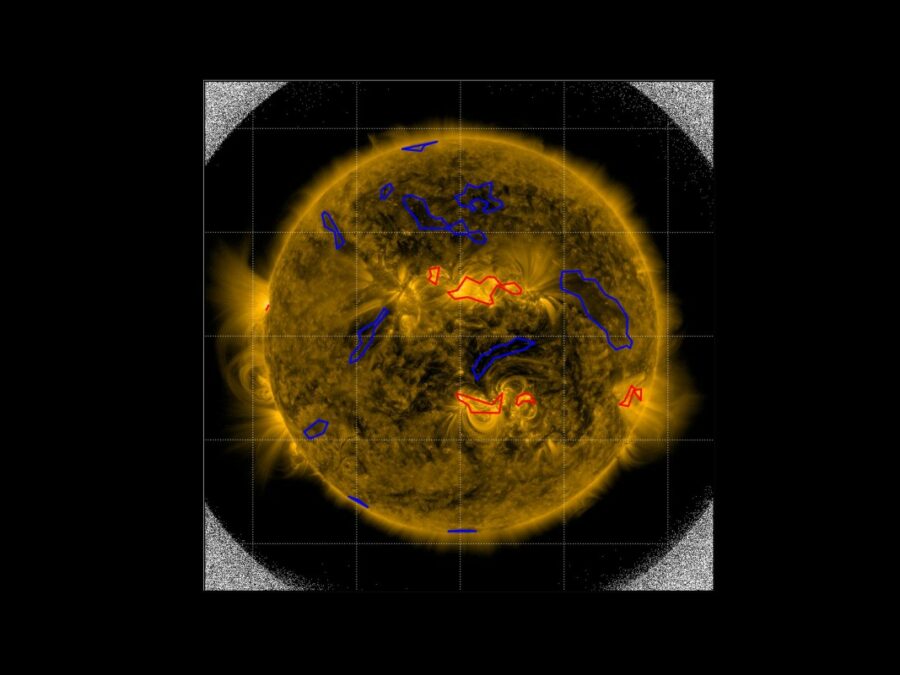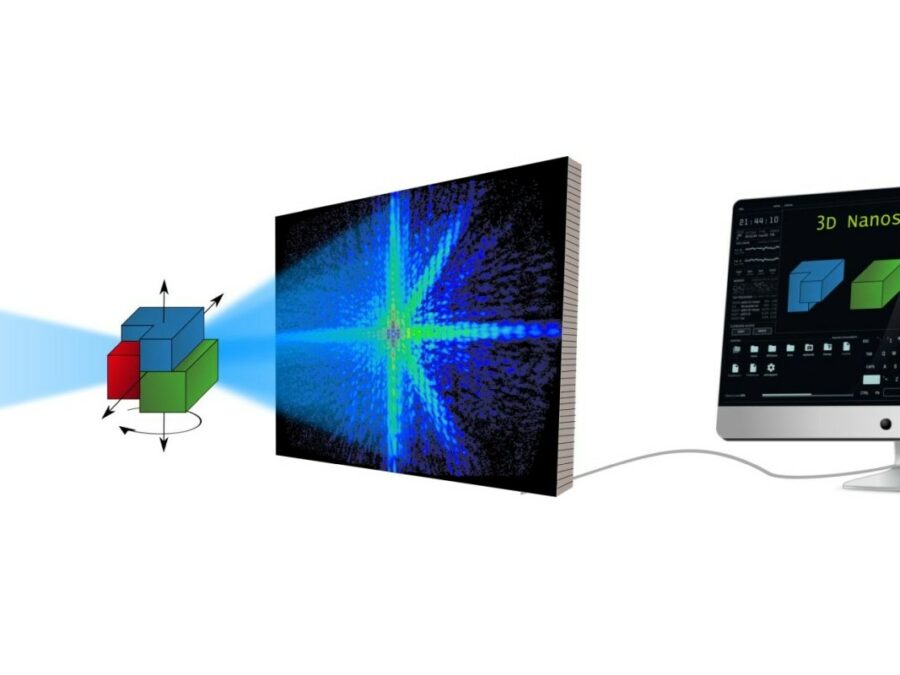Helmholtz Imaging Projects
Published on 19.01.2023
MultiSaT4SLOWS
In order to detect impending landslides before they occur and to enable reliable emergency mapping after a landslide, the researchers are combining optical data with radar data from satellites. Using machine learning methods, computers will be trained to recognise the tiniest of changes in things like sloping landscape surfaces.
Published on 15.12.2022
BRLEMM
A new method will make it possible to take images of the magnetic properties of materials under the electron microscope and to correlate these properties with their atomic structure. In order to achieve high resolution, a special algorithm must be developed to compute the magnetic properties from the microscope data.
Published on 15.12.2022
JIMM
The aim of this project is to develop a method for clinically diagnosing neurodegenerative diseases. The content of myelin in the brain – a substance that becomes degraded in diseases – will be quantified using methods from geophysics in order to facilitate early detection and treatment.
Published on 12.12.2022
SIM
The aim of the project is to develop an algorithm by which computers can automatically predict the space weather. This will make use of datasets of solar images that have been captured from space. The method could replace computationally demanding physics-based models and deliver space weather forecasts long before the effects of solar events are […]
Published on 08.12.2022
AsoftXm
The project aims to develop a method that will speed up the analysis of diffraction patterns that arise in UV and soft X-ray light microscopy, so that the structure of the studied sample can be calculated more efficiently. The method could make the three-dimensional study of nanomaterials considerably easier. There are times when researchers need […]




